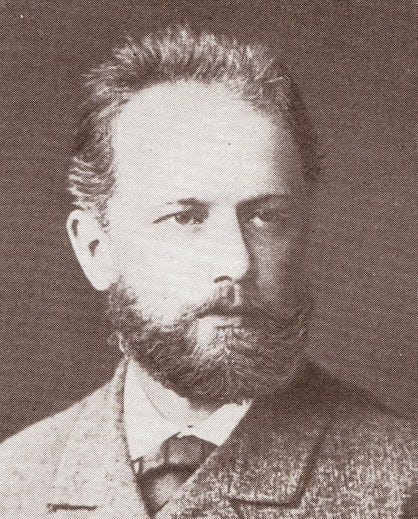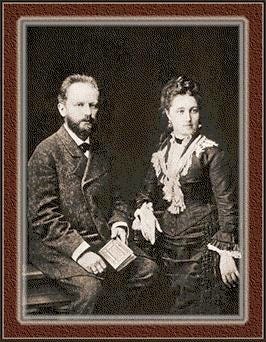
Piotr Tchaikovsky’s Symphony №4 represents a complete break from the traditions and rules that he so assiduously followed while writing his first three symphonies. As is so often the case with artists, however, breaking the rules can often reveal an expression hitherto unrealized.

Tchaikovsky’s first three symphonies, while excellent, are dutiful attempts at composing in a style that checked off all the requirements that a symphonic composer in Germany would strive to achieve: structural and thematic clarity with efficient motivic development. However, his desire to create a symphony that contained the extreme emotional content and narrative of a tone poem told through the lens of four movements would first flower in his fourth symphony. Tchaikovsky writes about the forms of Symphony №4,
You ask if I keep to established forms. Yes and no. There are certain kinds of compositions which imply the use of familiar forms, for example symphony. Here I keep in general outline to the usual traditional forms, but only in general outline, i.e. the sequence of the work’s movements. The details can be treated very freely, if this is demanded by the development of the ideas. For instance, in our symphony the first movement is written with very marked digressions. The second subject, which should be in the relative major, is minor and remote. In the recapitulation of the main part of the movement the second subject does not appear at all, etc. The finale, too, is made up of a whole row of derivations from individual forms
What happened at this time in Tchaikovsky’s life that pushed him towards this exploration of expression? His marriage in 1877 was a farce and a disaster. They were together for only a matter of weeks and lived apart for the rest of Tchaikovsky’s life, never divorcing. Not long after his separation he began writing this symphony. The other was meeting Nadezhda von Meck, who became his patron, allowing him to write music without financial worry. He dedicated this symphony to her, calling von Meck his “best friend.” Von Meck requested that Tchaikovsky provide a program for the symphony and Tchaikovsky obliged. In his description of this brass fanfare that not only appears at the beginning of the symphony but also at the very end, he writes that it is,
the kernel, the quintessence, the chief thought of the whole symphony …the fatal power which prevents one from attaining the goal of happiness … There is nothing to be done but to submit to it and lament in vain
The piece was very poorly received at its premiere in Moscow, February 22, 1878, but it received a slightly warmer response in St. Petersburg the following November. It’s U.S. premiere in 1890 didn’t fare any better. The reviewer in the New York Post wrote,
The Fourth Tchaikovsky Symphony proved to be one of the most thoroughly Russian, i.e. semi-barbaric, compositions ever heard in the city. … If Tchaikovsky had called his symphony ‘A Sleigh Ride Through Siberia’ no one would have found this title inappropriate.
However, it’s British premiere in 1893, which was conducted by Tchaikovsky, was an unqualified success, with people enthusiastically applauding between each movement….something that I always love to share with our modern audiences.
The piece has since become one of the most often performed symphonies in the entire repertoire. Here are my favorite performances and recordings.
